BOUTIQUE INTERIOR DESIGN REINFORCES A NEW REALM FOR PHYSICAL LUXURY RETAIL
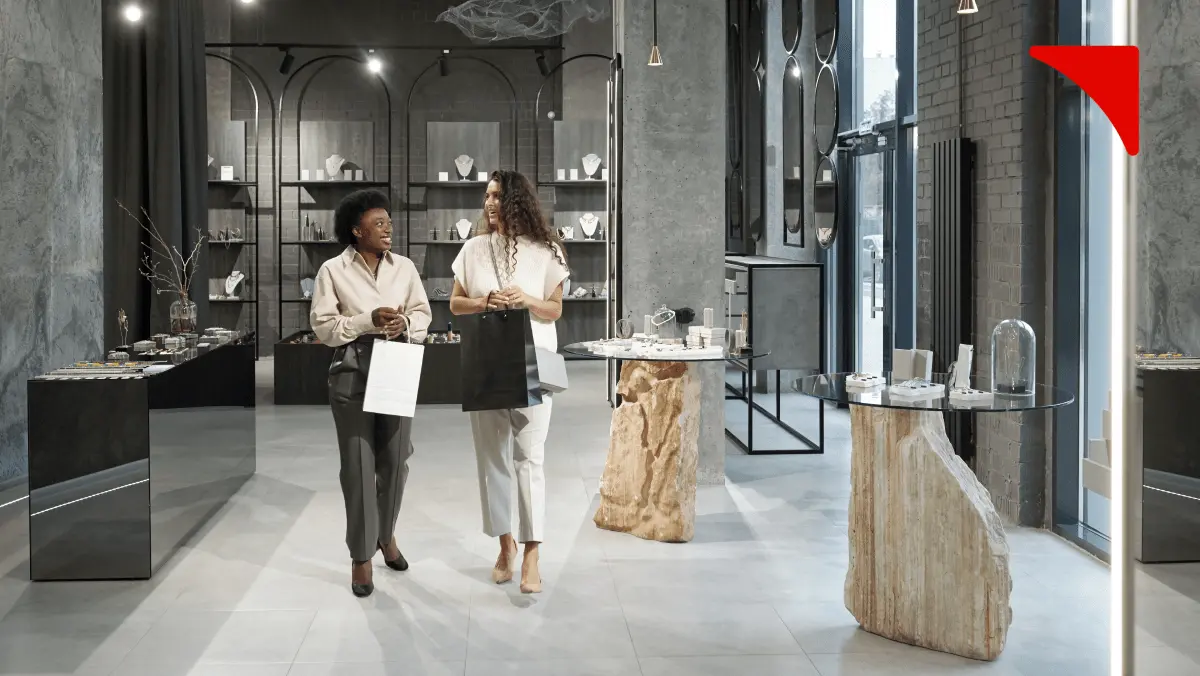
The luxury retail market stood testament to an accelerating market, by degrees engulfing into loss reinforced by the unstable economic conditions and monumental challenges. Nevertheless, the post-pandemic year of 2022 took the purchase of luxury personal goods to an all-time high, standing somewhere between 19%-21%.
The exclusiveness of the luxury retail segment is what creates the perfect boutique experience for that 1% of consumers, and that is what, once again, pulls them for a physical shopping spree where the emphasis is coming back over a product which, as WGSN defines, is the ‘symbolic wealth.’
Primarily, the more urbane boutique interior design now aims to stimulate a physical retail space to be gallant and woo the VICs (Very Important Clients). The market for premier goods has managed to endure and uphold its status quo, ushering in the return of an era where luxury goods hold prominence amongst the elite masses—and giving back the boutique stores their pertinence as a place where the 29% of the luxury clients visit to discover the brand products up close and fetch in the hyper-personalized experience.
All of it creates a competitive edge for luxury brands to relish sumptuous rewards delivered in the form of financial gains. Hence, the consumer relationship evolves through an amplified emotional engagement. So what new has to be smeared when the room for physical luxury retail is beginning to expand? Let’s find out.
Introducing Experiential Brandship
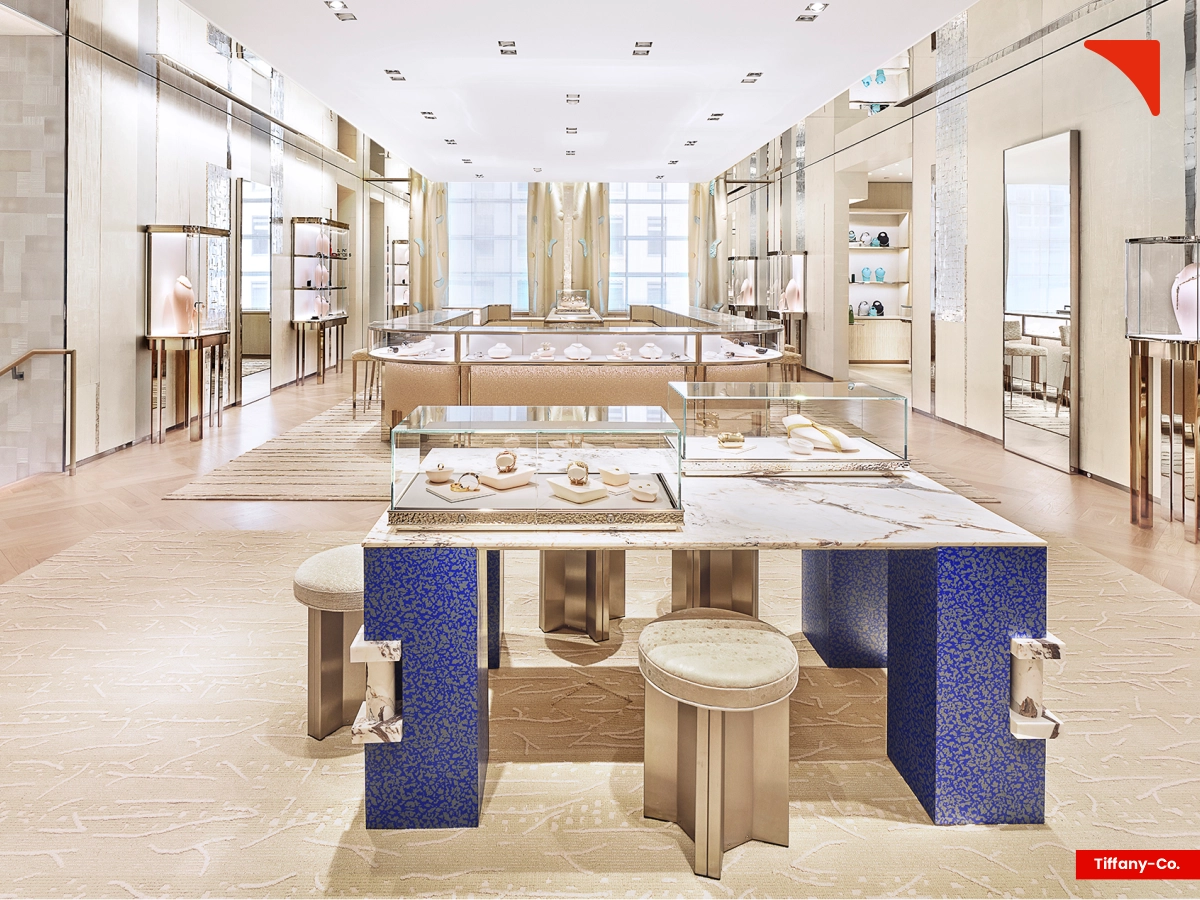
When it comes to appointing interior design services, luxury retailers are going all in with their vision to redesign or introduce their VIC to flagship stores that stand on the concept of experiential brandship— that means reinventing the store’s interior with the collective essence of the brand which feels more tactile and experiential than before.
For this purpose, luxury brands like Tiffany & Co. experimented with their outlets at a prime location in New York, renovating it for 4 years consecutively and inaugurating a megastore with 10 floors with a private club and cafe for delivering a premium experience to its elite consumers. The entire store oozes the brand’s gist from every corner.
Neuro-technology for Sensorial Elevation
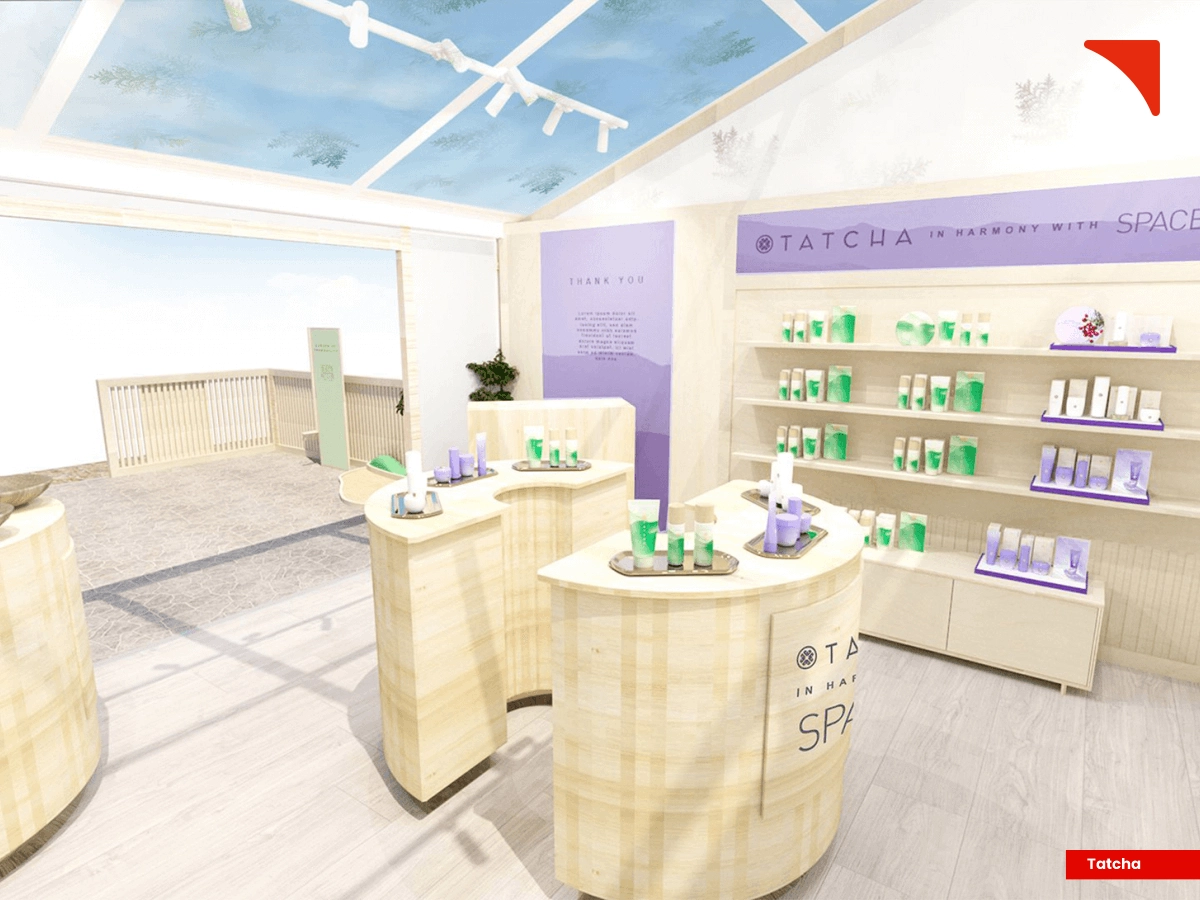
The design has had a key element— Being sensorial. And since it is interrelated with how physical retail engages its consumer, the new neuro-technology implication dictates any luxury brand’s ability to court the consumer at the high end for a more extended period. Our five senses entirely influence our emotions, which drive a consumer’s attention and interest in a brand.
Tatcha, the Japanese luxury skincare brand, invested and experimented with this new technological escapade through a 4D forest bathing experience.
They encompassed the wellness trend with tech and ancient wellness practices fused for its Awakening Body Care range. It was a comprehensive olfactory experience with a Japanese Zen Monk guiding a meditation set.
Brand Desirability
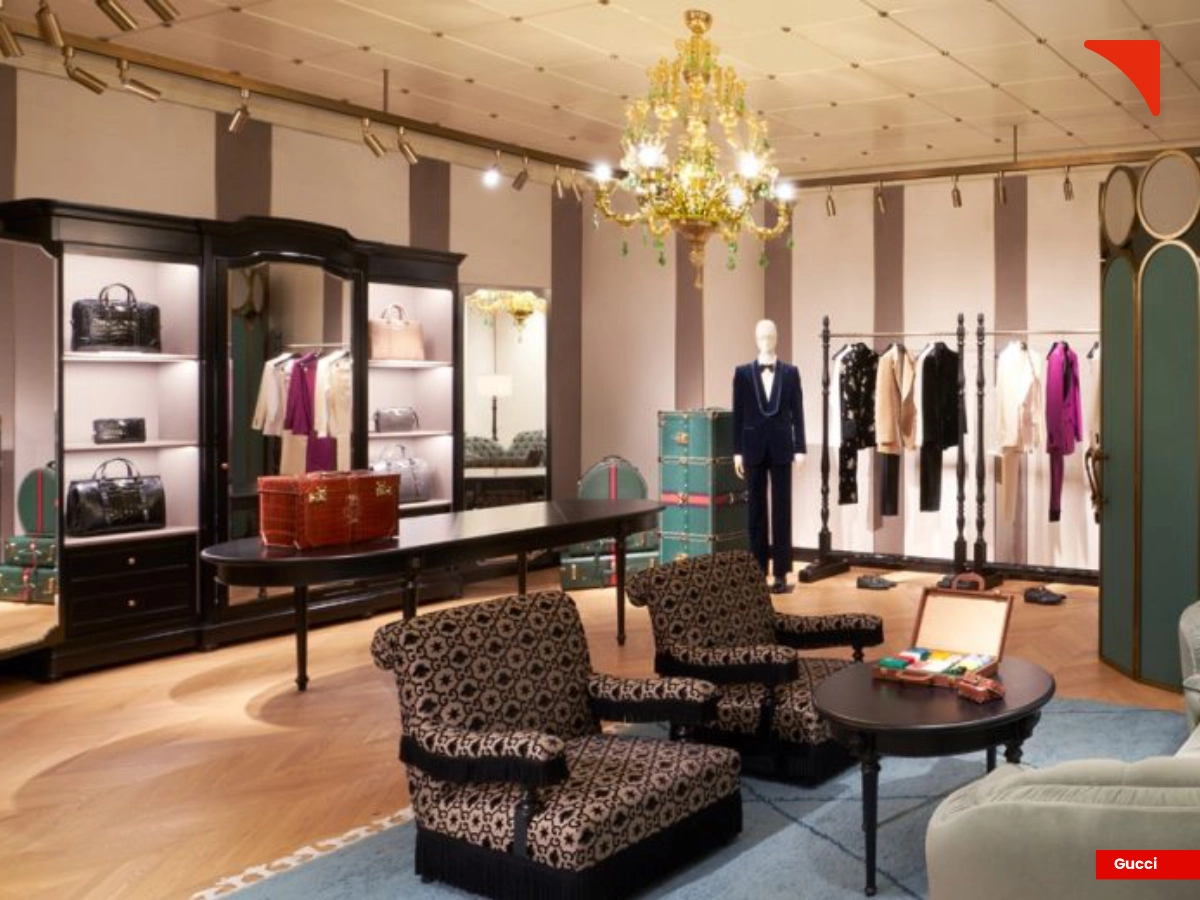
What makes Louis Vuitton or Gucci such iconic and timeless brands? Their brand desirability. They have always been creative in creating a product accessible to wealthy consumers and have set a benchmark for luxury retailers in the market. The feeling of exclusivity is what the wealthy desire for the extra penny they spend on a brand. And to tend to this class, retailers need to get more creative, retail store size creative where they give the fun of discoverability to the consumers inside the store.
Gucci has already implemented the practice and succeeded profoundly. It created an ‘Invite-Only’ luxury store for its brand featuring a highly-curated item specially filtered and selected for that location. Giving the entire store space democratization, the luxury brand converted the store site into a place of discovery.
Inviting GenZ
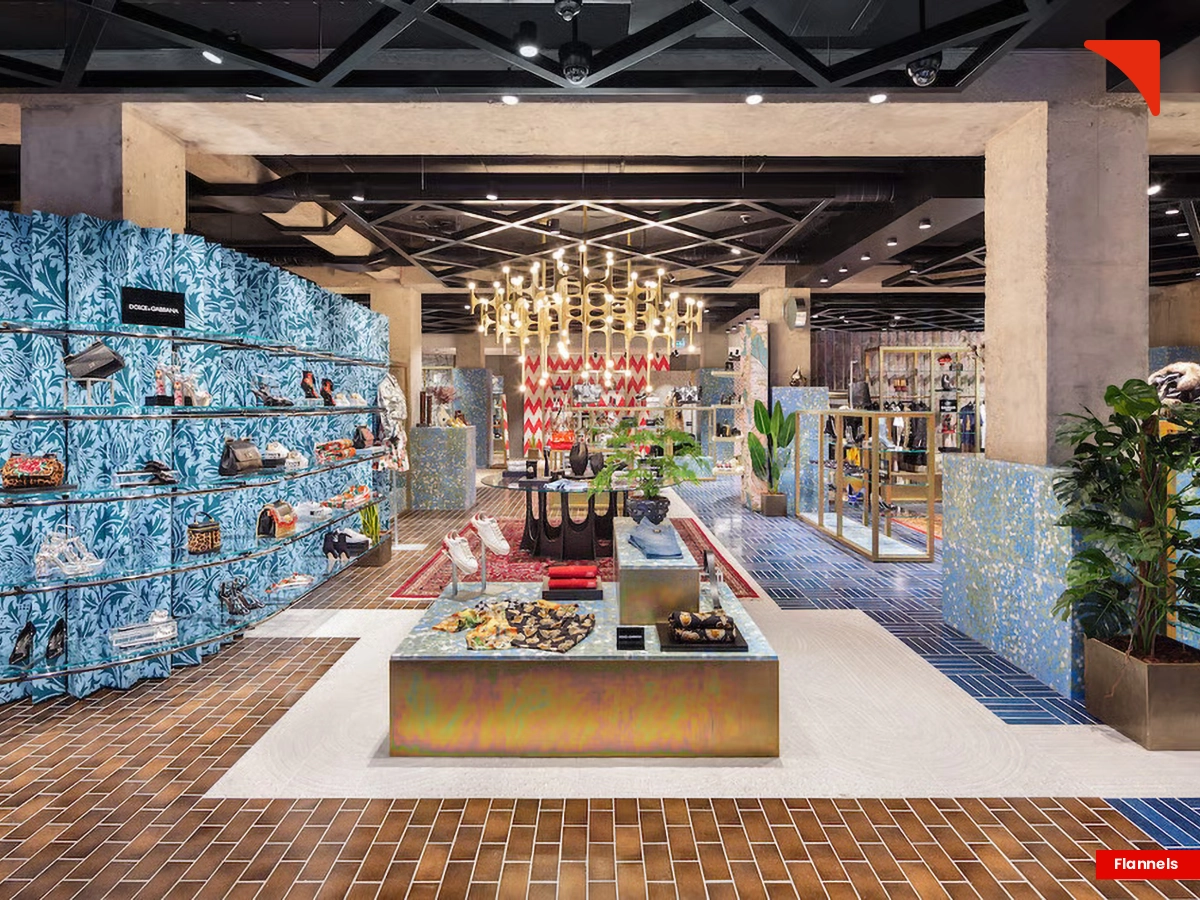
GenZ is now the game, accounting for 80% of global luxury spending by 2030. Mainly because of more accessibility to disposable income and features like Buy Now Pay Later, GenZ is coming up with the tendency to shop for luxury goods. Hence, brands are now making efforts to design their store space much to the liking of this group.
They are dedicating the store’s design to court the younger age group. The British Luxury brand, Flannels redesigned its flagship store on Oxford Street specific to the taste of GenZ, rebranding it as Flannel’s X.
They are now aligning to its nature, collaborating with GenZ icons, truly creating a community of GenZ luxury buyers. It is a new era for the luxury retail market, and brands must find more ingenuine ways to diversify their reach to the wealthy community. From influencing young shoppers to getting the most elite class inside the store, the elegance of boutiques has found a new method to reach the highest order; luxury retailers must engage their VIC more dearly.